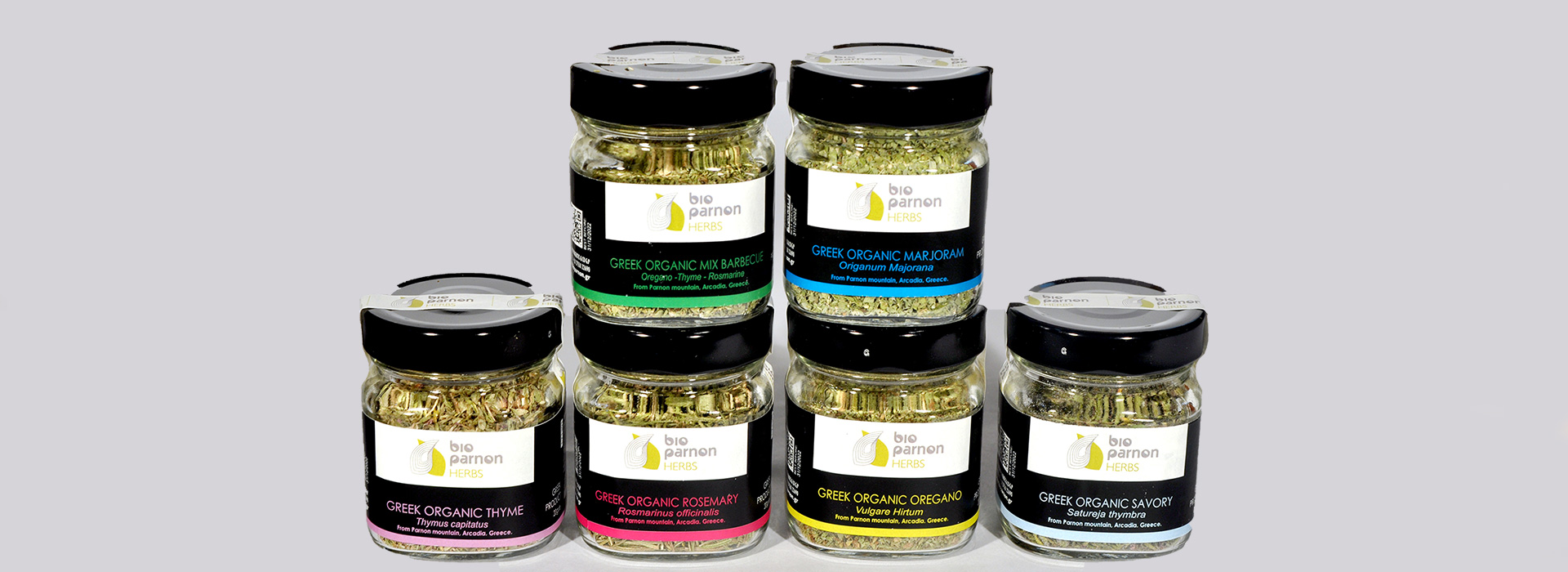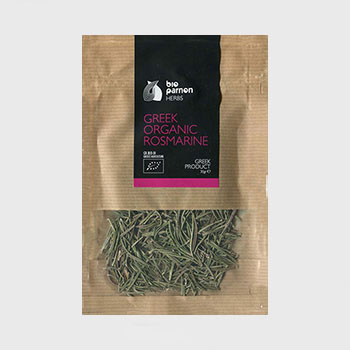Rosemary, known as Rosmarinus officinalis, is a woody, perennial herb with fragrant, evergreen, needle-like leaves and white, pink, purple, or deep blue flowers. It can withstand droughts and it is easily adapted to the surrounding environment. Its leaves have a bitter, astringent taste and a characteristic aroma.
The plant flowers in spring and summer in temperate climates, but it can be in constant bloom in warm climates. Rosemary also, has a tendency to flower outside its normal flowering season, sometimes early in December, or in the mid of February. Needless to say that, the plant was used from Ancient Greeks in various ceremonies and celebrations, in decorations of buildings and temples. Its origin is from the Mediterranean regions, but today it thrives in many regions of Europe and America
Furthermore, since it is attractive and drought-tolerant, rosemary is used as an ornamental plant in many gardens. Herbal tea can be made from its leaves. The flowers are preferred by bees and become a source for the production of honey.
Main characteristics and use:
- Cooking. The leaves are used as a flavoring in foods such as roast lamb, pork, chicken and turkey. When roasted with meats or vegetables, the leaves impart a mustard-like aroma compatible with barbecued foods.
- Pharmaceutical properties. Extracts and essential oil from flowers and leaves are very useful since they soothe from coughs, irritations of the mouth and rheumatism. Also, they cope with diarrhea and hair loss, while they release from weakness, headache, tiredness and exhaustion.
- Last but not least, Rosemary oil is used for purposes of fragrant bodily perfumes or to emit an aroma into a room. It is also burnt as incense, and used in shampoos and cleaning products.




